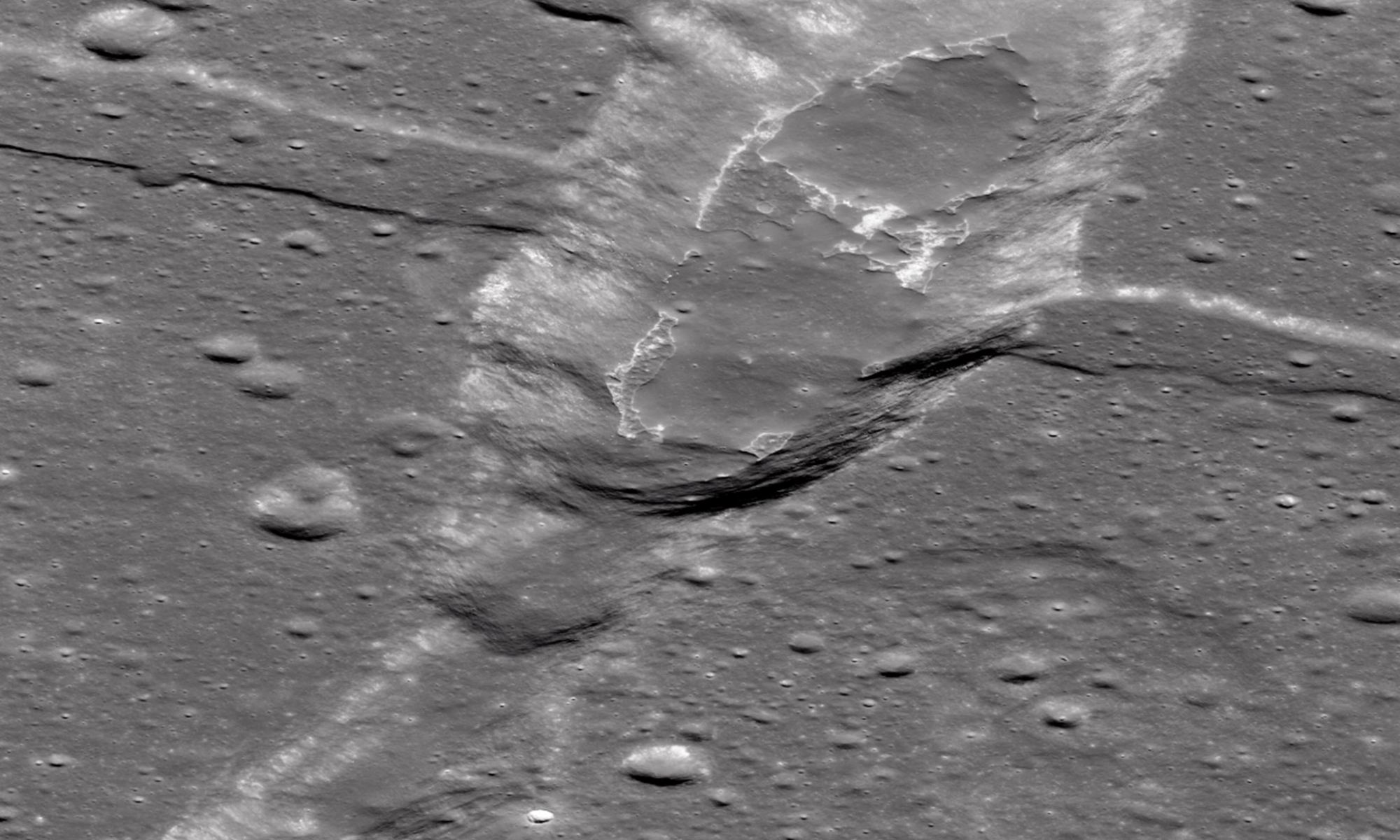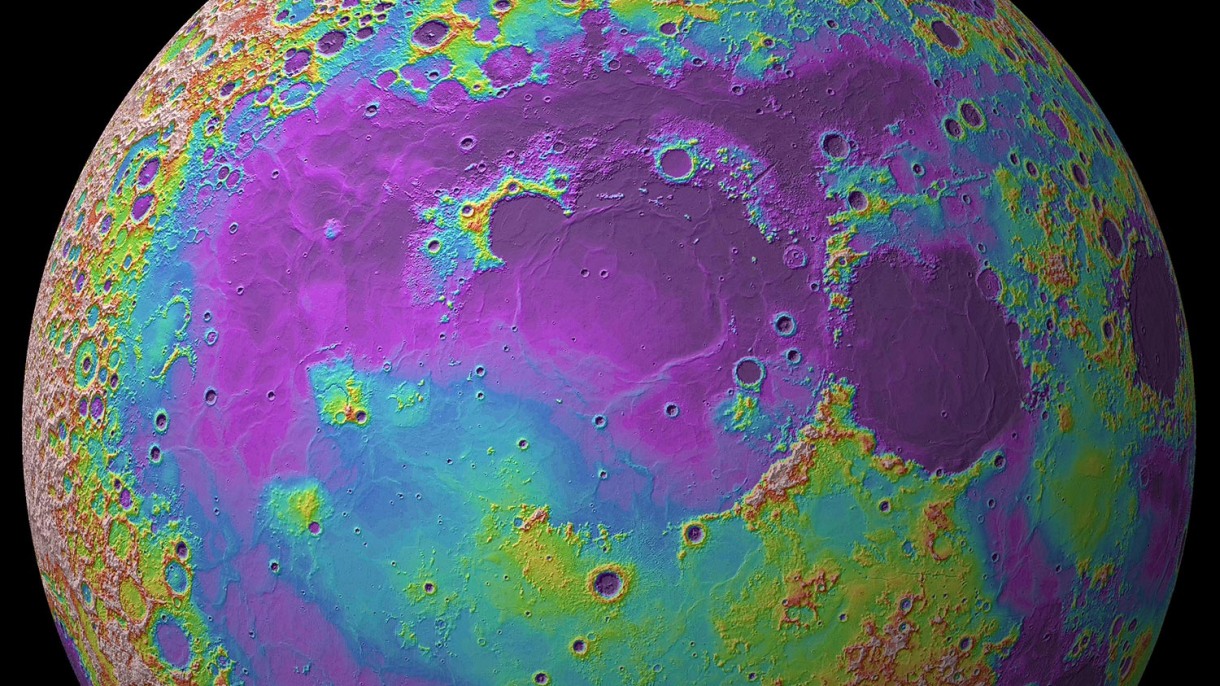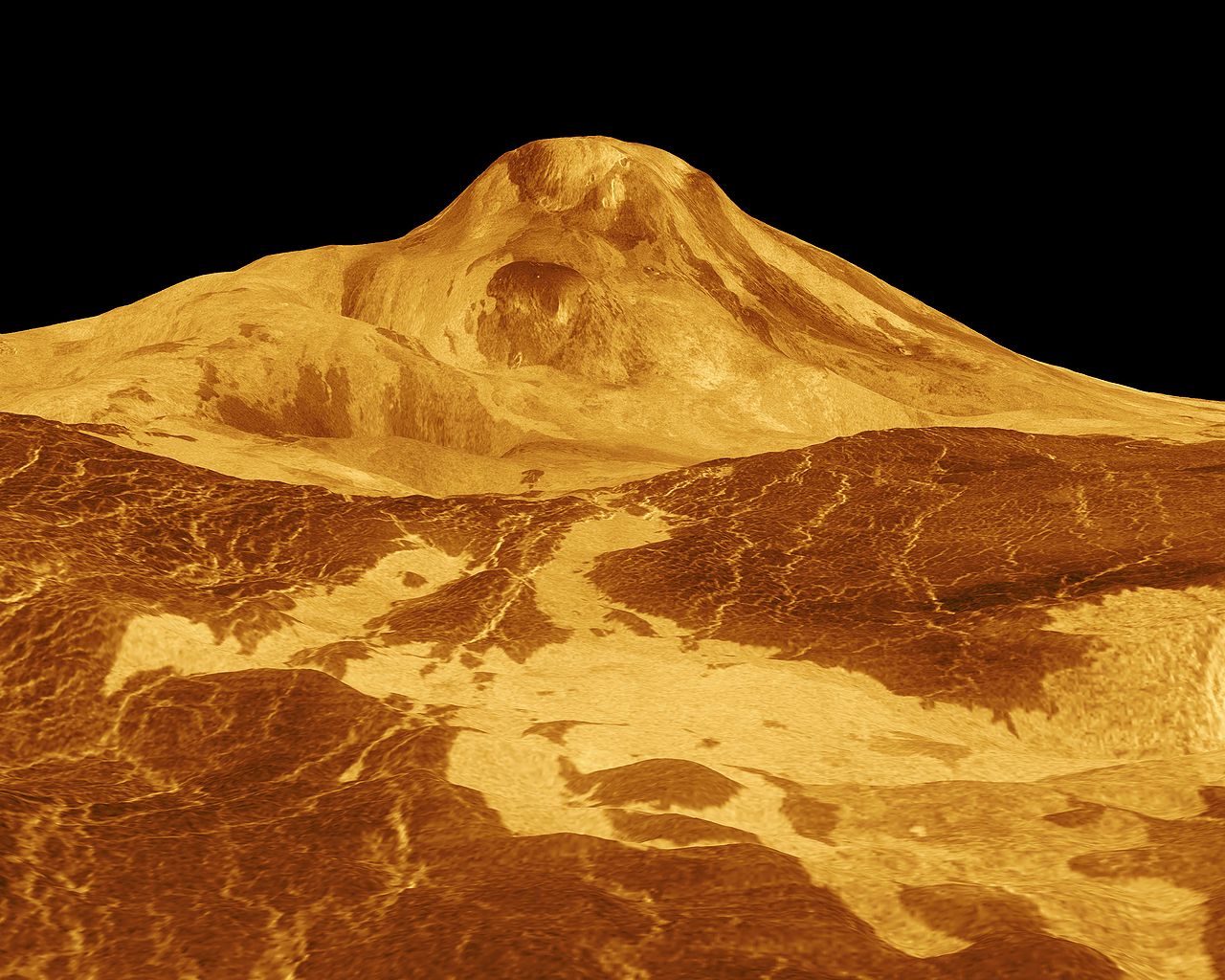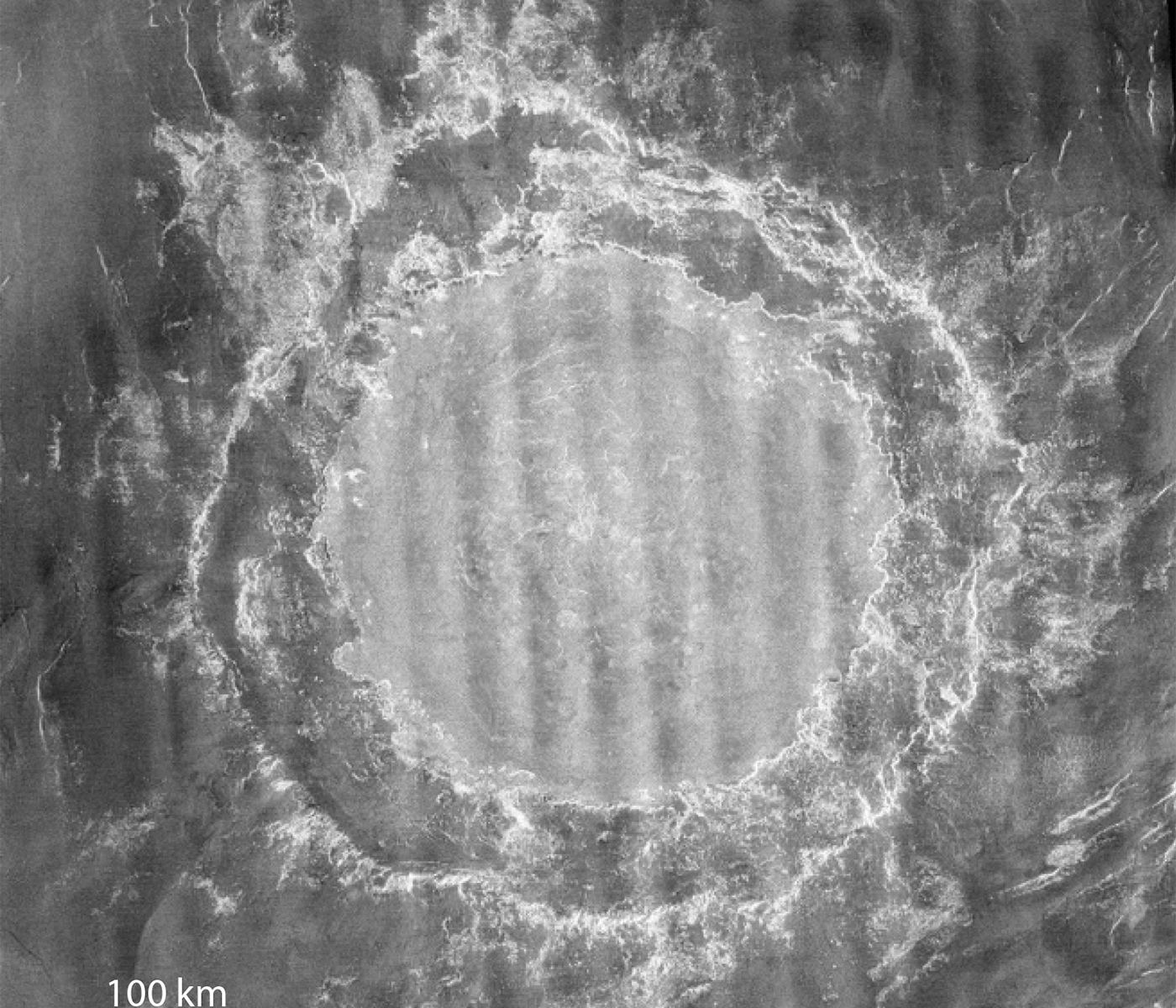It has been thought that the existence of plate tectonics has been a significant factor in the shaping of our planet and the evolution of life. Mars and Venus don’t experience such movements of crustal plates but then the differences between the worlds is evident. The exploration of exoplanets too finds many varied environments. Many of these new alien worlds seem to have significant internal heating and so lack plate movements too. Instead a new study reveals that these ‘Ignan Earths’ are more likely to have heat pipes that channel magma to she surface. The likely result is a surface temperature similar to Earth in its hottest period when liquid water started forming.
Continue reading “Planets Without Plate Tectonics Could Still Be Habitable”Volcanic Plumes Rise Above Lava Lakes on Io in this Juno Image

As the most volcanic object in the Solar System, Jupiter’s moon Io attracts a lot of attention. NASA’s Juno spacecraft arrived at the Jovian system in July 2016, and in recent months, it’s been paying closer attention to Io.
Though Io’s internal workings have been mostly inscrutable, images and data from Juno are starting to provide a fuller picture of the strange moon’s volcanic inner life.
Continue reading “Volcanic Plumes Rise Above Lava Lakes on Io in this Juno Image”Mars is Surprisingly Volcanically Active
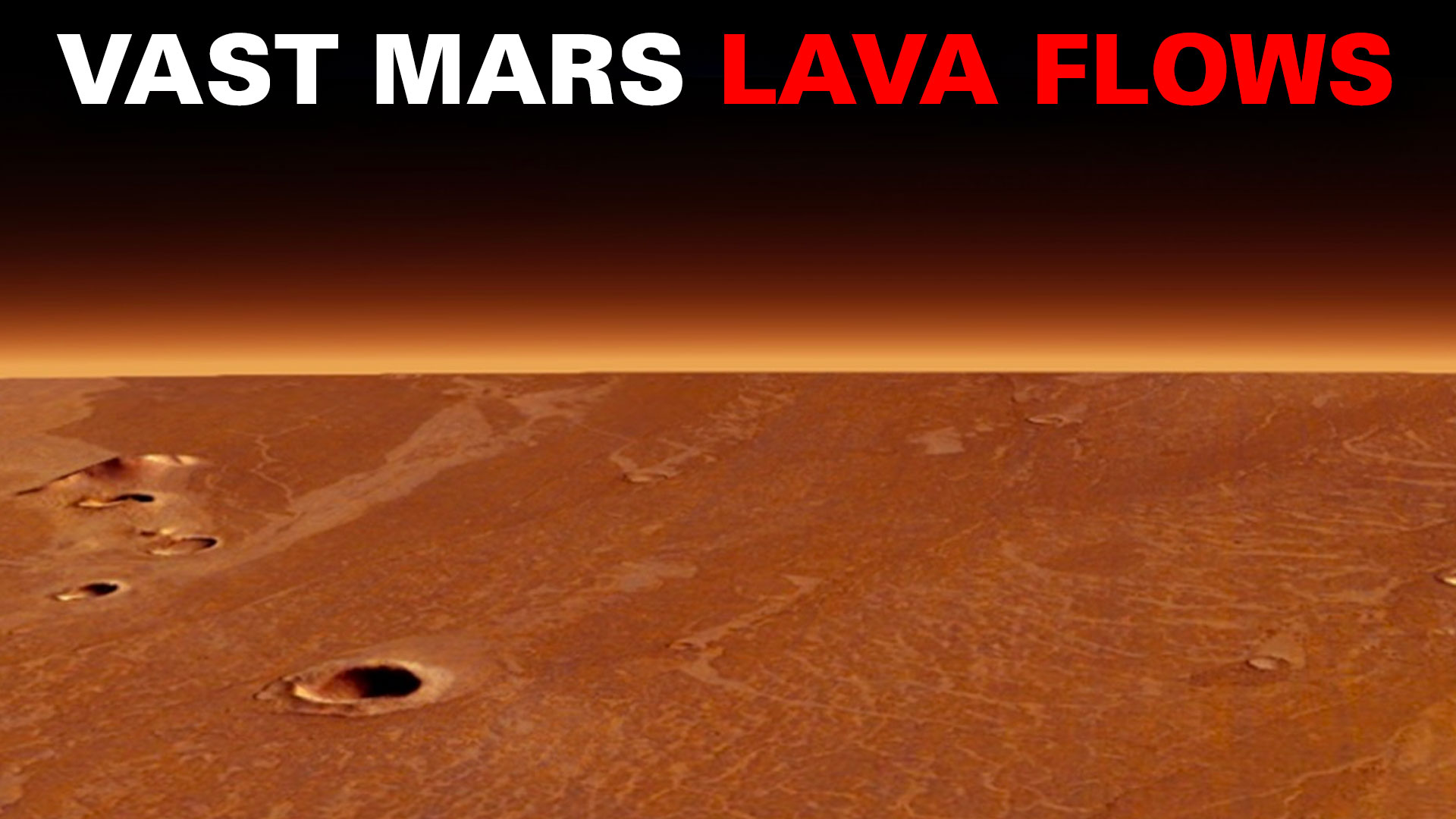
Like many that grew up watching the skies, I have been captivated by the planets. Mars is no exception, with its striking red colour, polar caps and mysterious dark features. Many of the surface features have been driven by ancient volcanic activity but whether any geological activity moulds the terrain today is still subject to scientific debate. A recent study however has revealed that Mars is surprisingly active..even today!
Continue reading “Mars is Surprisingly Volcanically Active”Potentially Active Volcanoes Have Been Found on Venus
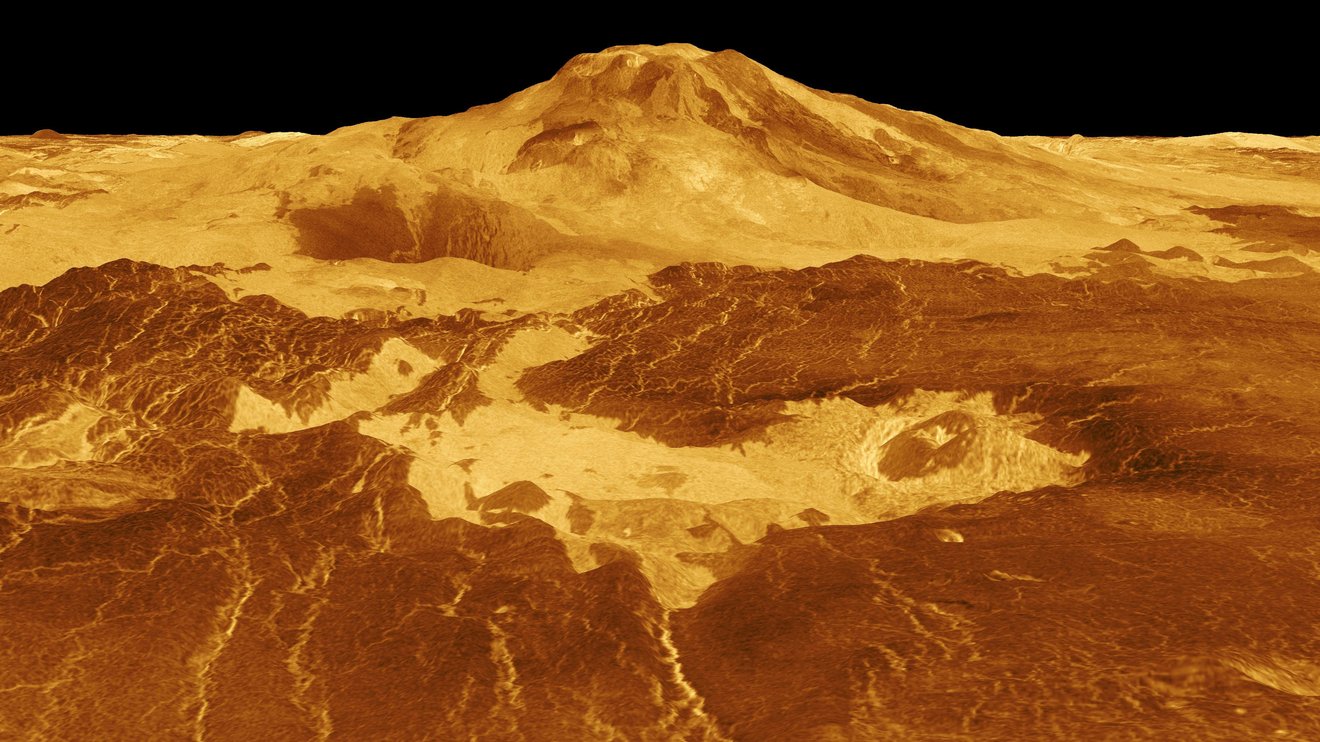
Using archival radar images taken in the 1990s by NASA’s Magellan spacecraft, scientists have found evidence of recent active volcanism on Venus. The images revealed a volcanic vent that changed shape and increased significantly in size over an eight-month period.
The scientists say their findings confirm long-held suspicions that the planet, which is known to have a very geologically young surface and evidence of past volcanic eruptions, is still active today.
“We made the discovery in the most likely place that there should have been new volcanism,” said Robert Herrick, a geophysicist at the University of Alaska Fairbanks, speaking at a briefing on March 15, 2023 from the Lunar and Planetary Science Conference in Texas. “Extrapolating from a data set of one for an entire planet could be dangerous, but most scientists would say it’s pretty good evidence that being able to catch an eruption in an eight-month time frame means that others are taking place as well. It confirms there is modern geological activity on Venus.”
Continue reading “Potentially Active Volcanoes Have Been Found on Venus”The Moon’s Ancient Volcanoes Could Have Created Ice Sheets Dozens of Meters Thick
Everyone loves looking at the Moon, especially through a telescope. To see those dark and light patches scattered across its surface brings about a sense of awe and wonder to anyone who looks up at the night sky. While our Moon might be geologically dead today, it was much more active billions of years ago when it first formed as hot lava blanketed hundreds of thousands of square kilometers of the Moon’s surface in hot lava. These lava flows are responsible for the dark patches we see when we look at the Moon, which are called mare, translated as “seas”, and are remnants of a far more active past.
In a recent study published in The Planetary Science Journal, research from University of Colorado Boulder (CU Boulder) suggests that volcanoes active billions of years ago may have left another lasting impact on the lunar surface: sheets of ice that dot the Moon’s poles and, in some places, could measure dozens or even hundreds of meters (or feet) thick.
Continue reading “The Moon’s Ancient Volcanoes Could Have Created Ice Sheets Dozens of Meters Thick”Volcanism on the Moon Ended About 2 Billion Years ago
According to the most widely accepted theories, the Moon formed about 4.5 billion years ago after a Mars-sized object (Theia) collided with Earth. After the resulting debris accreted to create the Earth-Moon system, the Moon spent many eons cooling down. This meant that a few billion years ago, lakes of lava were flowing across the surface of the Moon, which eventually hardened to form the vast dark patches (lunar maria) that are still there today.
Thanks to the samples of lunar rock brought back to Earth by China’s Chang’e 5 mission, scientists are learning more about how the Moon formed and evolved. According to a recent study led by the Chinese Academy of Geological Sciences (CGAS), an international team examined these samples to investigate when volcanism on the Moon ended. Their results are not only filling in the gaps of the Moon’s geological history but also of other bodies in the Solar System.
Continue reading “Volcanism on the Moon Ended About 2 Billion Years ago”Volcanic Activity on Venus Could Explain Phosphine
Ever since the announcement last September that astronomers found evidence of phosphine in the clouds of Venus, the planet has been getting a lot of attention. It’s not surprising. Phosphine is a potential biosignature: On Earth, it is produced by microbial life. Might a similar biological process be taking place in the skies of our sister planet? It’s a tantalizing prospect, and is definitely worth examining closely, but it’s too early to be sure. Microbes aren’t the only way to get phosphine. A new paper published on July 12th in the Proceedings of the National Academy of Science suggests that volcanism might instead be to blame for the strange chemistry in the Venusian cloud tops.
Continue reading “Volcanic Activity on Venus Could Explain Phosphine”There Might be Volcanoes at the Bottom of Europa’s sub-ice Oceans
In about three years, NASA plans to launch a robotic orbiter that will study Jupiter’s mysterious moon Europa. It’s called the Europa Clipper mission, which will spend four years orbiting Europa to learn more about its ice sheet, interior structure, chemical composition, and plume activity. In the process, NASA hopes to find evidence that will help resolve the ongoing debate as to whether or not Europa harbors life in its interior.
Naturally, scientists are especially curious about what the Clipper mission might find, especially in Europa’s interior. According to new research and modeling supported by NASA, it’s possible that volcanic activity occurred on the seafloor in the recent past – which could be happening still. This research is the most detailed and thorough 3D modeling on how internal heat is produced and transferred and what effect this will have on a moon.
Continue reading “There Might be Volcanoes at the Bottom of Europa’s sub-ice Oceans”The Most Recent Volcanic Activity on the Moon? Just 100 Million Years ago
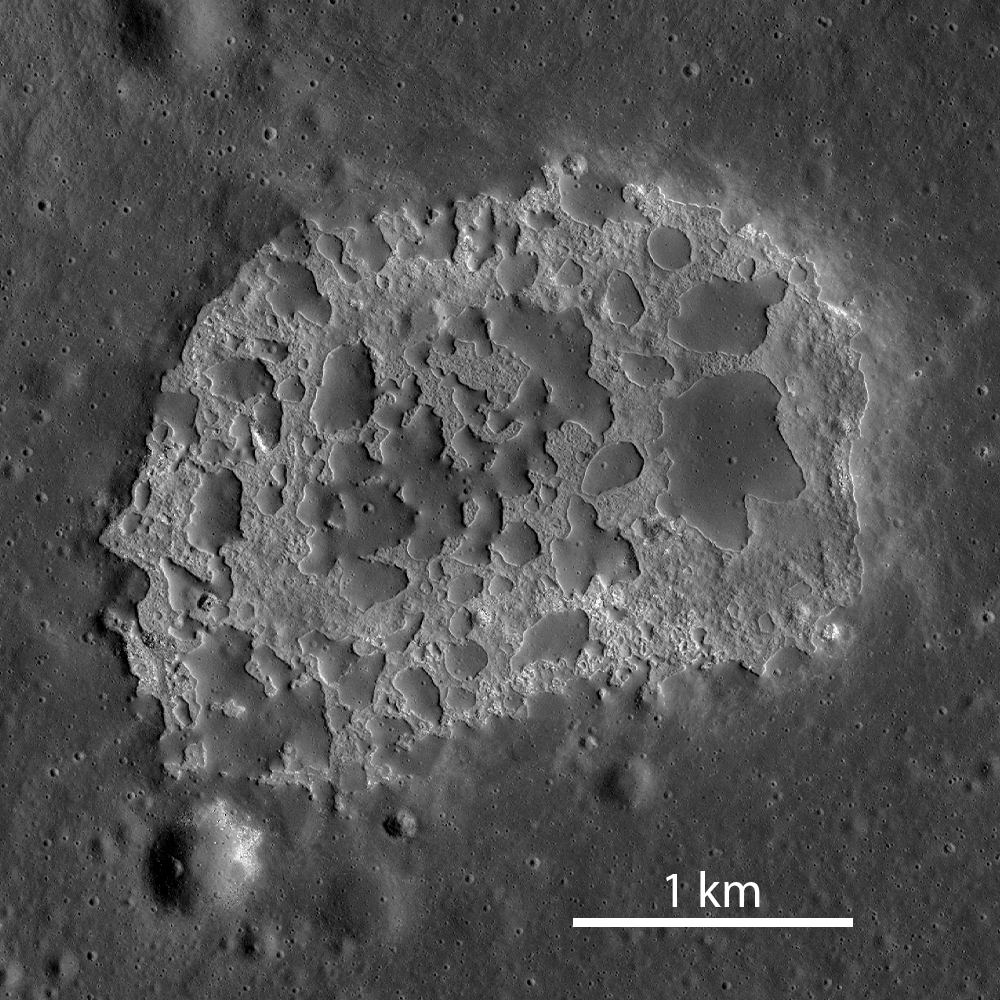
Regions of the Moon known as irregular mare patches – formed by magma cooling from a volcanic eruption – have almost no big craters, indicating that they must be relatively young. By studying the distribution of craters within them, we can estimate when these regions were formed: no more than 100 million years ago.
Continue reading “The Most Recent Volcanic Activity on the Moon? Just 100 Million Years ago”A Crater on Venus Indicates the Planet Hasn’t Been Volcanic for a Long Time
Venus may not have had Earth-like tectonic plates or volcanism for the last billion years, according to a new study. A deep look at a giant impact crater on Venus suggests the planet hasn’t experienced any tectonic activity in the recent past, and might be covered with a in a single outer plate. If so, this would essentially rule out any recent volcanic activity on the planet that many consider Earth’s twin.
Continue reading “A Crater on Venus Indicates the Planet Hasn’t Been Volcanic for a Long Time”

